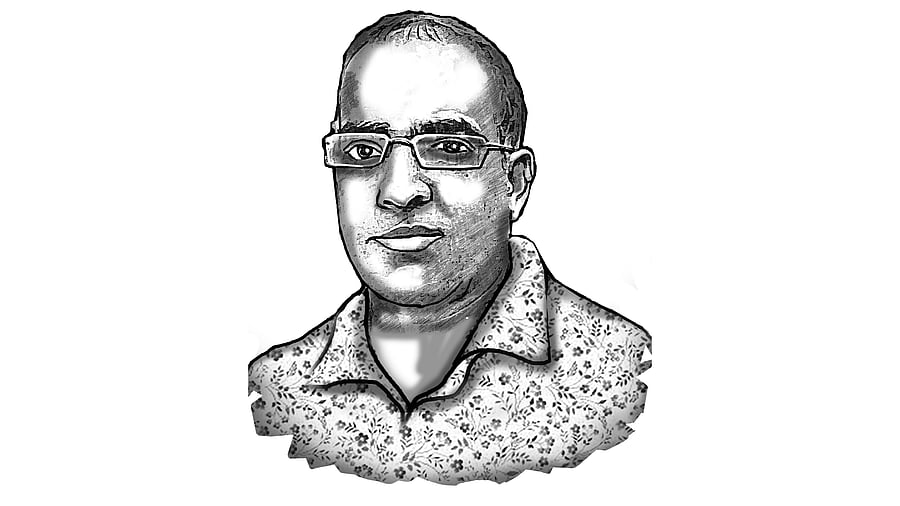
Ashwin Mahesh A social entrepreneur, founder of Mapunity and LVBL, and co-founder, Lithium, wakes up with hope for the city and society, goes to bed with a sigh  @ashwinmahesh
National, state and local. These three levels of elected representation are so familiar to us. And in some ways, it seems logical that there should be these three. One for the country as a whole, one for the state we live in, and one for our local affairs. So much so that we rarely stop to ask why there isn’t a fourth one – at the district level.
That is if you live in an urban area. If you live in a village, however, you almost surely know that there is more. In fact there are two additional levels – the taluka and the district. Elections to panchayats at these levels are regularly held in addition to those held for grama panchayats. And those elected to each of these two other levels have a distinct mandate – preparing budgets and plans, implementing government schemes, supervising grama panchayats, promoting agriculture and rural livelihoods, plus a few more things. There are nuances I’m not getting into, but taken together the three types of panchayats form a framework for rural local self-governance.
Why don’t we have these for urban citizens? Is there something about the act of local areas governing themselves that is only suitable for farmers and others working in the countryside? Is urban governance so much easier that it needs less effort by fewer people? Or is it so much harder that it can’t be left to the people?
There aren’t any good answers. A lot of documents will tell you that this is because urban areas are different from rural areas. That’s just restating the question as the answer; it doesn’t tell us why the difference warrants a change in the structure for self-governance. One could argue, in fact, that urban areas change faster than rural areas and therefore the voice of the people is very important to know how they expect governance to respond to the changes.
Now let’s look at what we do have instead in urban areas. Here, the state government appoints a District Commissioner and some others to assist this official in ‘administering’ the district. The Chief Executive Officer of the Zilla Parishad typically administers rural development initiatives, and the urban ones are with the DC, who also has some other responsibilities in revenue collection, law and order, etc.
Couldn’t the DC do these things if there were elected urban members as well in the ZPs? There is no reason to think that. In fact, if anything the opposite is true. Across the world in democracies, it is far more common to have elected persons in policy-making roles alongside administrators in executive roles. It is certainly more democratic and representative. The situation in our towns and cities is an anomaly, and it is largely a legacy of colonial-era choices.
It is a big step from the state level to the local level. In rural areas, this is held together by a large number of people playing different roles, with the grama panchayats having members who represent only a thousand voters. At the other extreme, the typical Bengaluru corporator represents 30,000 voters or more. In fast-growing outer wards, there could be as many as 1 lakh voters.
As a result of the difference between urban and rural governance, politicians in rural areas oppose their villages being reclassified as urban areas even when the population grows. They know that along with the new designation, they will experience a collective loss of political space for themselves. No wonder that some villages have as many as 25,000 residents, even though the law requires them to be reclassified when they hit 5,000.
This, by the way, is one of the reasons why we think India is still largely rural. There is a fairly good chance that the share of urban residents – measured by whether they have amenities that are common in cities and towns – is much higher than 35%, but we plod on with the pretence that India still lives in its villages. The truth is, except where the villages are growing big, India is mostly fleeing the villages.
If we abide by the maxim that elections make political leaders and administrators accountable to people, then it is logical that every level of government should have elected councils. These should have their own staff and budgets, and even some limited powers of taxation. Several things now managed by the state government could easily be devolved to districts, bringing them much closer to the public. And things that are difficult for individual towns to manage on their own could also be handled by districts instead, rather than the state government.
And if we abide by the maxim that all citizens are equal, we should give urban residents the same rights of representation that rural denizens have.